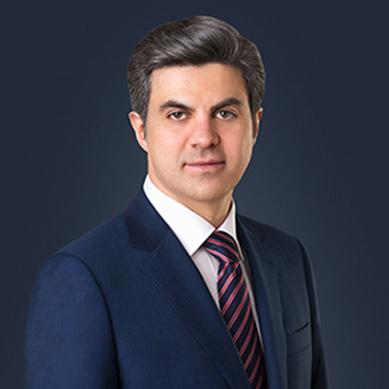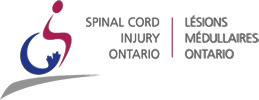Wearable technology can be a perfect eyewitness for personal injury cases which can potentially be used as evidence in the courtroom. Now we can keep track of our health and lifestyle second by second with a Fitbit and these wearable trends are growing and advancing.
It should come as no surprise that wearable technology and fitness trackers are saturating the consumer market, and as a result, consumers are increasingly interested in the exciting features these devices offer. Wearable technology and fitness tracking devices such as Fitbit record activity levels throughout the day, sleeping habits, distance travelled, weight loss, weight gain, heart rate, blood pressure, diet, exercise and mood.
In personal injury cases, lawyers typically rely on medical reports to help prove the detrimental effects that an injury has on their client’s life. The aim is to gather enough evidence to prove that an individual has sustained injuries that have left them unable to work or that has greatly reduced their capacity to perform their normal duties. However, wearable devices could make it easier for lawyers to demonstrate the impact of an injury and establish that their client deserves compensation.
A personal injury case could revolve around evidence from a Fitbit showing a marked decrease in activity following an injury. With real-time data about activity levels, location, and even sleep patterns, quality of life claims in court cases may become infinitely more quantifiable. A claim of emotional damages may now be supportable by hard data showing a pattern of insomnia, high blood pressure, or other physical symptoms of stress and/or other negative emotions.
While it may be early to tell how big a role wearable technology will play in the court room, it is unlikely that it will ever play the sole role of “expert witness” in a legal case, but combined with other medical information, this technology may have a permanent place in a lawyer’s arsenal of statistical tools.
The main argument against the usefulness of wearable device is that it can be easy to undermine the data generated from it. The nature of wearable’s is that they can be easily taken off, record false readings if they are bumped or dropped and can also be worn by someone other than the primary user. They key for a lawyer is to establish data authenticity. Thus, a lawyer planning on bringing forth the data from a wearable device as evidence should assess whether the information gathered from the device is relevant, reliable and beneficial to their client’s claim.
Personal injury lawyers are keenly aware of the complexities of and the law, having many years of study and experience. Contact Mazin & Associates, PC, Personal Injury Lawyers based in Ontario following your accident at (416) 625-2122.







